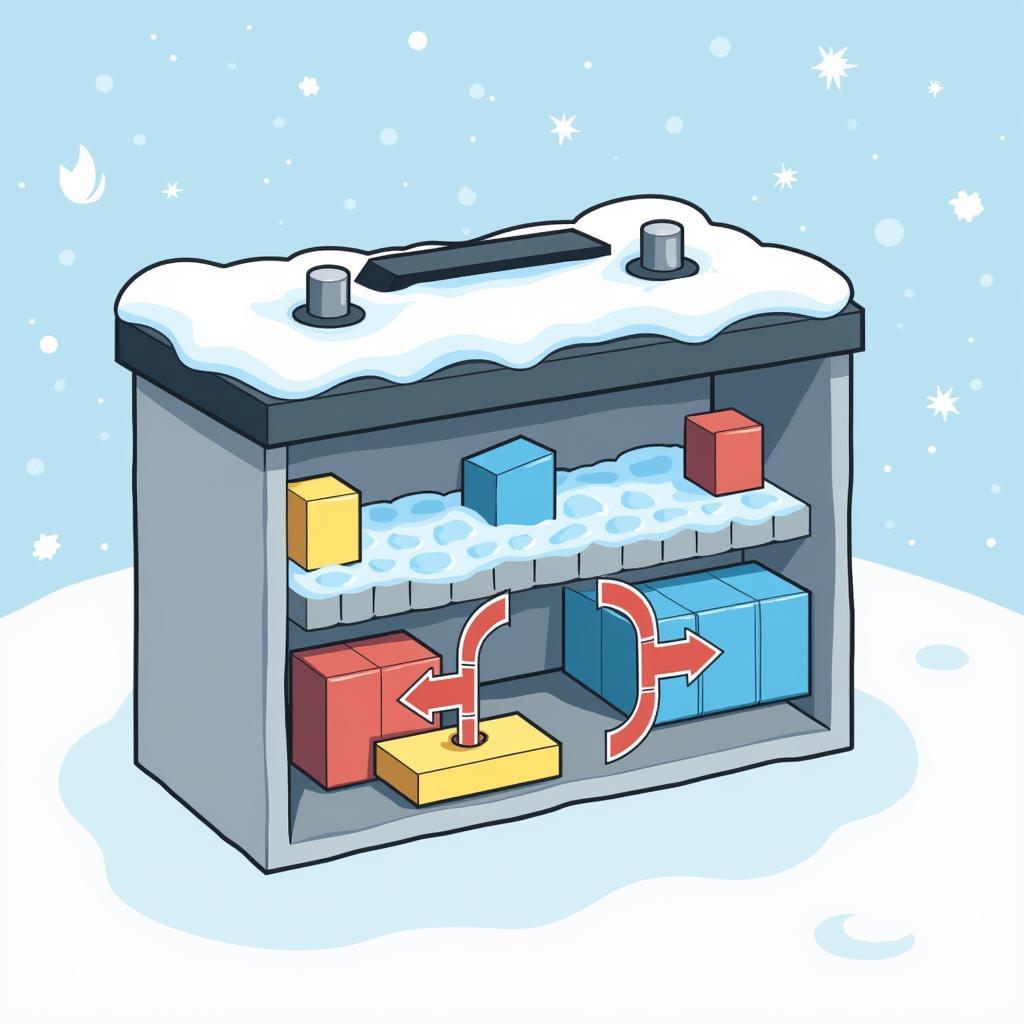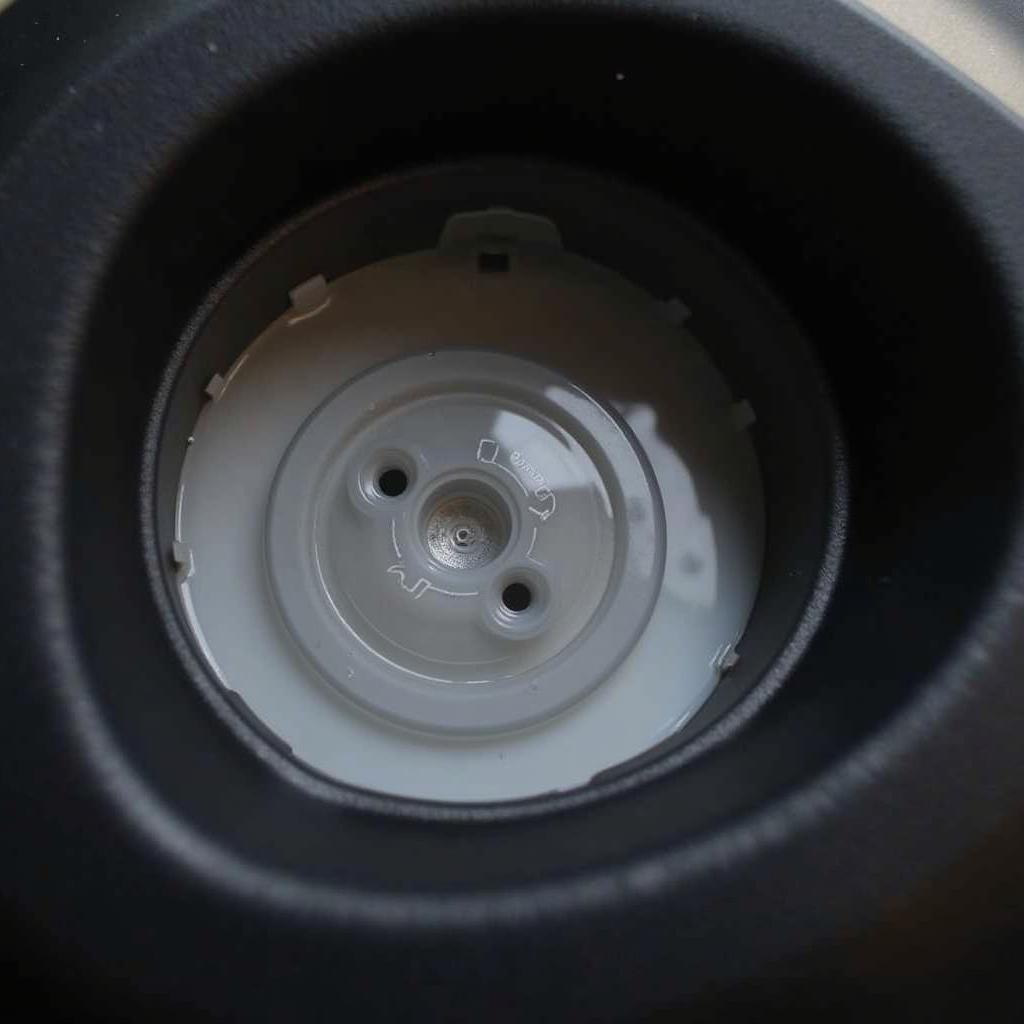The brake warning light on your 1973 Dodge Challenger is a critical safety feature, designed to alert you of potential issues within the braking system. When illuminated, it signals that immediate attention is required. While a simple switch malfunction could be the culprit, it’s crucial to investigate further and rule out any underlying brake problems that could compromise your safety on the road.
Let’s delve into the common causes of a triggered brake warning light in a 1973 Challenger and explore the steps you can take to diagnose and address them.
Common Causes of a 73 Challenger Brake Warning Light Switch Activation
Before diving into the specifics of the brake warning light switch itself, it’s important to understand the various components that can cause it to activate. Here are some of the most common culprits:
- Low Brake Fluid: This is the most frequent cause. The brake system in your Challenger operates on hydraulic pressure, and insufficient brake fluid can hinder its performance. Always check the brake fluid reservoir first.
- Worn Brake Pads: As brake pads wear down over time, the brake caliper pistons need to extend further to engage the rotors. This process can lead to a drop in brake fluid level, triggering the warning light.
- Faulty Brake Light Switch: The brake light switch is responsible for turning on your brake lights when you press the pedal. If faulty, it can also illuminate the brake warning light.
- Malfunctioning Proportioning Valve: This valve regulates the brake pressure distribution between the front and rear brakes. If it fails, the brake warning light might illuminate.
- Issues with the Brake Lines: Leaks or damage to the brake lines can lead to pressure loss and activate the warning light.
Inspecting the Brake Fluid and System
Begin by safely parking your Challenger on a level surface and engaging the parking brake.
- Check the Brake Fluid Reservoir: Locate the reservoir, typically situated on the master cylinder at the back of the engine compartment on the driver’s side. The reservoir is transparent, allowing you to visually inspect the fluid level.
- Assess the Fluid Level and Condition: If the fluid level is below the “MIN” mark, add the appropriate brake fluid (as specified in your owner’s manual) to reach the “MAX” line. Avoid overfilling.
- Important: If you notice a significant drop in brake fluid level or need to add fluid frequently, it indicates a leak in the system. This requires immediate attention from a qualified mechanic.
Examining the Brake Warning Light Switch
The brake warning light switch in your 1973 Challenger is usually located above the brake pedal, mounted on the pushrod. It’s designed to close a circuit and illuminate the warning light when the brake fluid level drops below a safe threshold. Here’s how to inspect it:
- Locate the Switch: Get under the dashboard on the driver’s side and visually identify the brake warning light switch connected to the brake pedal mechanism.
- Check for Damage or Disconnections: Inspect the switch and its wiring for any visible signs of damage, loose connections, or corrosion. If you find any, address them accordingly.
- Test the Switch: With the ignition off, depress the brake pedal and have an assistant check if the brake lights illuminate. If they don’t, the switch might be faulty and need replacement.
Seeking Professional Help
If you’ve ruled out the common culprits and the brake warning light persists, it’s strongly advised to seek professional assistance. A qualified mechanic with experience in classic cars can accurately diagnose and address any complex issues within your 1973 Challenger’s braking system.
Remember, a properly functioning brake system is paramount for your safety and the safety of others on the road. Don’t hesitate to consult a professional when needed.
Conclusion
The brake warning light in your 1973 Dodge Challenger is a crucial safety feature that should never be ignored. By understanding its potential causes and following the troubleshooting steps outlined above, you can address simple issues and ensure the reliability of your braking system. However, for complex problems or if you’re unsure about tackling any repairs yourself, seeking professional help is always the safest course of action.



